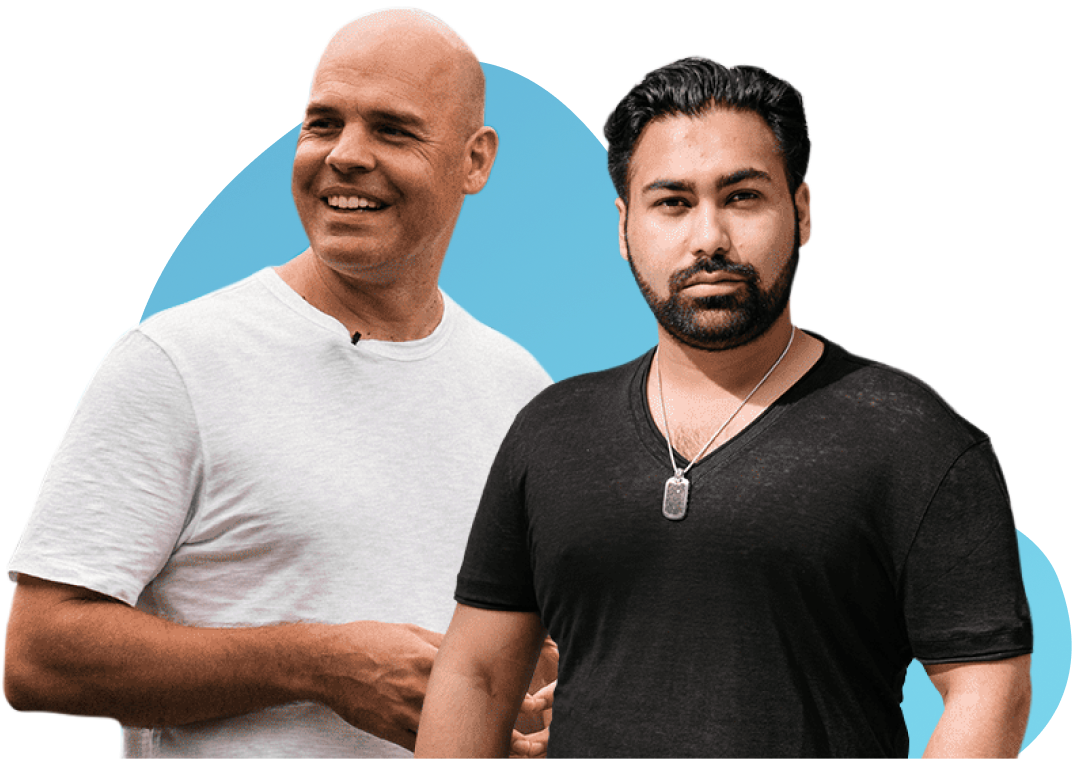In this last installment of the Money Management series, we’ll discuss some of the policies in regards to the management of profits which you need to include in your management system. If risk management is paramount to a successful trader, profit management is no less so. After all, you can be very disciplined with your stop losses, but if you can’t generate enough profits to more than cover your losses, you won’t amount to much in the trading world. Many traders complain that their main problem is that of selling too soon. But many others suffer from extreme levels of greed, and don’t sell soon enough, only to watch as their hard earned money evaporates. Where is the efficient frontier that allows to maximize the gains, while protecting them? Thats what we need to come up with.
A proper Money Management Plan should see to it that you can maximize your gains while protecting them. The first step you should take is to establish your profit objectives. These were necessary to establish all the risk parameters discussed in the previous article. You should establish objectives that are at the same time credible but also difficult to achieve. You should never establish a “per month” or “per day” profit objective. This business isn’t McDonald’s. As a swing trader, you will have 3 or 4 months of a year which will usually be “winning” months (these will be the months where you’re supposed to make your biggest gains of the year. This thanks to the major averages moving robustly up or down), average months and losing months. Your job is to make sure that the losing months don’t eat away the profits of the winning months (we took care of this in the last article). But you should also take care of those “winning” and average months, so that the gains you obtain in those aren’t evaporated by months end. This is where profit management comes in. Establish a goal for a winning month. That figure will depend on your account size, level of skill, use of margin and type of securities you trade. This level, once reached, won’t automatically make you stop trading during that month. As I said, some months will produce the bulk of your gains. But you need this figure in order to put in place a process to protect it once achieved.
After you establish your goal for a “winning month”, then you must create the mechanisms to protect such gains. Say you achieve your profit objective in the first 2 weeks of the month. What do you do? Stop trading? It’s a possibility. But if you wish to continue trading, how to protect those gains? There are multiple ideas, but here’s one: Protect a percentage of those gains. Say your objective for the month was $5,000.00 and you got there in the first 2 weeks of the month. Your plan calls for protecting 75% of those gains ($3,750). If the profits are already liquid (you closed your positions with the gains), then all you need to do is make sure that you don’t take additional positions which would represent a risk greater than 25% of your gains ($1,250). If your maximum loss per trade was $200, this would mean no more than 6 open positions at any given time, so as not to surpass your maximum allowed draw-down once the profit objective is attained. If the $5,000 gains are represented by open positions that haven’t been sold/covered yet, you need to move your stops to relevant technical areas which should serve as new “profit protection” stops. Once this is done, you should decide if you would like to open new positions, depending on the capacity of your account and other regulations of your plan.
These are but a few ideas that you can implement in your Money Management plan, in order to allow for your technical system to be more effective. There are countless other possibilities.





